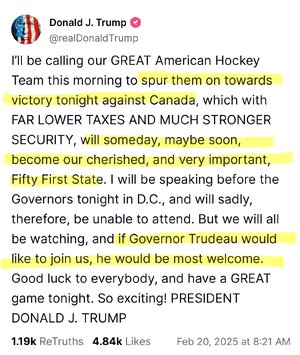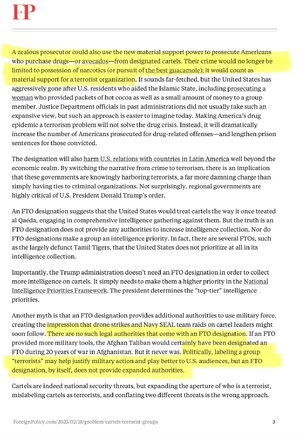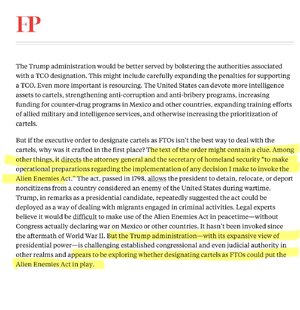I can’t believe you. Sure there is corruption in Mexico’s police, government and military. But guess what? The corruption exists worldwide. Al Capone’s biggest cost of doing business at the height of his power was graft. The problem is there is just too much money involved in these illegal operations for some people not to have their hands out. But bombing the shit out of suspected cartel assets isn’t going to solve the problem. The problem lies in demand in this country for the drugs. Even if military action could eliminate a cartel (which it can’t), another group would step in to fill the void. Addressing the demand problem in this country is something all administrations have failed at. However, addressing that issue successfully is the only way to eliminate the drug problem. Once again, how would you feel if Mexico carried out military operations in this country? And please don’t give the stupid answer of “Fuck Mexico.” That’s the answer an ignorant redneck would give. But, then again, maybe I’m giving you too much credit.






